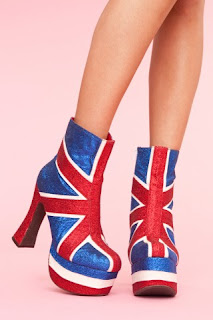 |
| "Mona Lisa with Bazooka" Banksy Retrieved from: http://www.boredpanda.com/ |
Postmodern and the "Remix" techniques are an important factor of modern design. After the modernism movement, critics began to come forward an express a new idea in art and design: that the modernistic, rational ideals of "Less is more", a quote from Mies Van Der Rohe, were too restricting and the freedom of individual and cultural expression and irrational art and design were more important. This was a movement spread accross America, Britain and Italy, and saw the emergence of post-modernism.
In today's society, postmodernism and the "Remix" are ideals that "are a vibrant part of our design culture today". An example of this can be seen in the Graffiti and street art reproductions of Leonardo Da Vinci's Mona Lisa. In particular I have looked at a work by the famous (or infamous, as some people see it) Banksy, of Mona Lisa holding a Bazooka. This is an example of street art, and some people would call it vandalism. Street art is a contemporary form of art expression and Banksy is famous for it, yet his real identity remains a mystery.
In this piece of work particularly he has appropriated the subject matter of Mona Lisa, from one of Leonardo Da Vinci's most famous works, "Mona Lisa" done between the dates of 1503-1505. This is a historical reference or quotation as the Mona Lisa character is instantly recogniseable, even though she is depicted in a different way to the original painting. The symbolic nature of the bazooka in her hands alludes to the social and cultural issues of war, and the wall that Banksy has chosen to depict the image on, with the barbed wire fence running along the top, aids in the symbolism of the theme also. A hint of irony is sensed when observing the design, as to see a well known historical figure such as Mona Lisa, appropriated in this somewhat risky manner is unusual and overall causes the art to make a strong statement. This is an example of post-modern art, with the subject taken from history, and placed into a contemporary environment along with cultural/political/social symbolism, as well as being designed and carried out in a contemporary way. This aids the design's bold statement and eye-catching nature.





